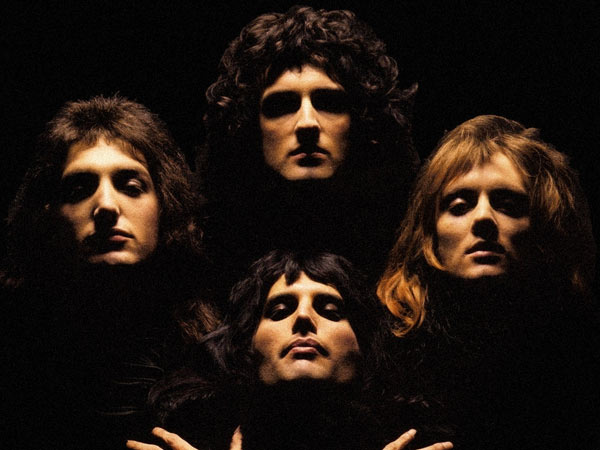Find out about the differences between plagiarism and pastiche
Are you curious about the differences between plagiarism and pastiche? When you are preparing for coursework for a college class, one of the main points that the professor will drive home is that plagiarism is not allowed. Plagiarism means that you have copied someone else’s work precisely. For certain classes, especially creative writing ones, it is easy to get overwhelmed with creativity and make a mistake with plagiarism. However, the concept of a pastiche does not mean that you are plagiarizing someone else’s work. Written below, you will find the main differences between plagiarism and pastiche to help you write with confidence.
What is pastiche?
More often than not, people will see a pastiche in a movie or television program without realizing that it is one. Nevertheless, how is this word actually defined? According to dictionaries and other resources, a pastiche will mimic another writer’s particular style. This is not to be confused with parodies or mocking. Instead, it is similar to using the voice, but not the exact words, of another artist or writer. If someone use the exact words of another writer and called it their own, this would be defined as plagiarism.

Where is the line between pastiche and plagiarism?
A good example of pastiche is the legacy of VC Andrews. Her famous work was “Flowers in the Attic.” Interestingly, when Andrews passed away, there was a contest to see if there was a writer that could imitate the way she wrote. In other words, the publishing company wanted someone that could create a VC Andrews pastiche. When the contest revealed that this could be done, the publishing company paid these ghostwriters to continue producing works under her name. In spite of this example, most forms of pastiche are not as direct.
In the image at the top of this page you can see the Palace of Westminster which was built in a pastiche Perpendicular Gothic Revival style in the Victorian period.
Other literary works that feature pastiche
Today, one of the most common forms of pastiche is fan fiction. In this case, fans of a television show will sit down and write their own subplots and episodes. These are written for other fans and some are submitted to the show as a form of resume. What this writer will do is compose a pastiche. Because they are trying to make their work seamless, they will imitate the tone and style of the television show as much as possible.
In art, music, theater and literature, there are a variety of forms of pastiche. The main point is that anyone can compose a pastiche as a homage to their favorite writer or artists without infringing on copyright. For this reason, feel free to add some of this flavor to your next creative writing project and see if your professor notices.
It is sometimes said that Bohemian Rapsody is a pastiche in itself, and how the Muppets’ version of the song was a pastiche (the muppets’ version also shares some features of a parody in parts).
“In literary usage, the term denotes a literary technique employing a generally light-hearted tongue-in-cheek imitation of another’s style; although jocular, it is usually respectful.”
“In music, Bohemian Rhapsody by Queen is unusual as it is a pastiche in both senses of the word, as there are many distinct styles imitated in the song, all “hodge-podged” together to create one piece of music. A similar earlier example is Happiness is a Warm Gun by the Beatles.”


